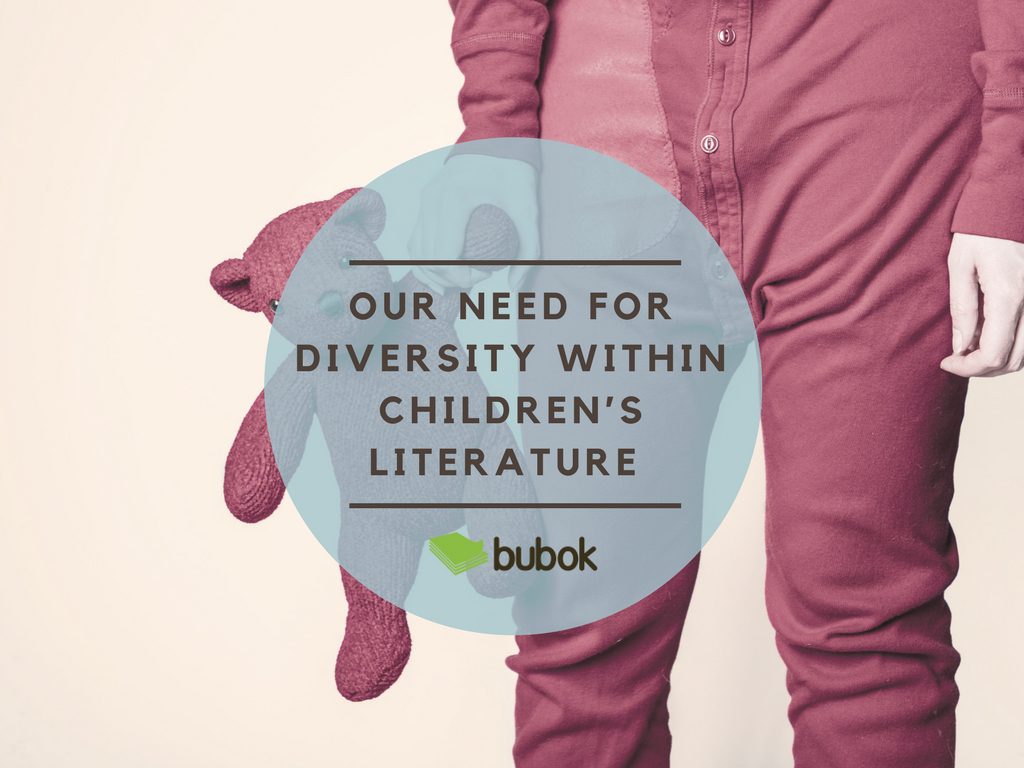
The diversity within children’s literature should be reflective of the diversity of those who read it. As a rough estimation, around 14% of the world’s population is recorded as white. From this arises the question of why only 16% of children’s books published in 2015 in the USA, were about children of colour. When in fact children of colour make up the largest majority of the global population.
Similarly, females are heavily underrepresented in children’s fiction, only making up 38.5% of central characters. When globally, the number of men and women is roughly equal. It follows, that the default protagonist within any typical children’s story is a white male. A character which from the previous statistics can be seen to make up for around 7% of the world’s population.
Even when we find exceptions to the rule, such as the Will Gluck’s 2014 adaptation of Annie, where Annie is played by the African- American actress Quvenzhané Wallis. We are met with comments which suggest that people were not accepting of variation from the default white male protagonist. When Annie first came out, one critique was that the adaptation failed to offer an African-American angle. This means that the downfall of the film was that it did not explain the reasons behind Annie not being white. Audiences are so accustomed to seeing white characters, that when a character that is not white emerges, the change in colour requires an explanation. When white characters feature within a book or film, however, no reference is needed to explain the reasoning behind their race.
When females are in protagonist roles, they are typically said to be ‘strong female characters’, or ‘strong women’. Namely, Katniss Everdeen from The Hunger Games or Anne Shirley from Anne of Green Gable. There’s no doubt that these characters are indeed strong, however, the implied strength simultaneously implies that they are simply exceptions to the rule; that most women are not strong. However, men in protagonist roles are never labelled as ‘strong male characters’, because the strength is implicit in the role. This is evidence of the existing diversity of sex within literature is still not fully accepted.
There are some books out there which do present an ostensible diversity, such as the children’s book series by Brad Meltzer, Ordinary People Change The World. The series presents a collection of books on a diverse group of individuals who did exactly that, changed the world. From black to white, to female to male. However, the books about black people only mention people who have made a difference to the world through sport or civil rights, such a Jackie Robinson and Rosa Parks. Whereas, the white protagonists can be seen to change the world in numerous different ways, through academics and presidents, such as Albert Eisenstein and Abraham Lincoln. Even in the advent of black protagonists, the only thing which we can talk about is their colour, such as their fight for civil rights.
Such a warped presentation of diversity is not a reflection of our community, it does not allow the majority of children to see themselves in writing, nor does not allow those who are represented to see others. As said by Junot Diaz, ‘If you want to make a human being into a monster, deny them, at the cultural level, and reflection of themselves.’
This, along with the intuition that underrepresentation of a child’s race of gender is going to impact negatively the way in which those children perceive themselves in the world, suggests the lack of diversity is wrong.
Books are a powerful tool, in shaping malleable children’s minds. Therefore authors of children’s book should be well educated in proportionate representation, and be aware of the impact their work could potentially have.
Write your diverse children’s book with the help of Bubok today, and make a positive impact on the generations to come click here.
Written by Isabel Shaw

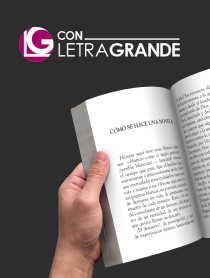
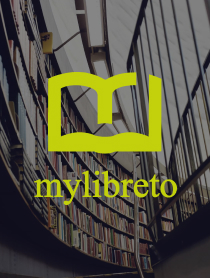
 05 / July / 2017
05 / July / 2017 



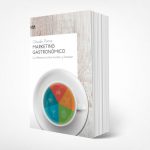



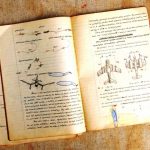




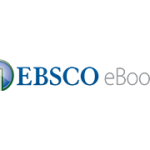







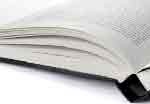



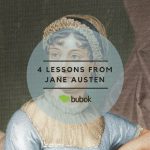







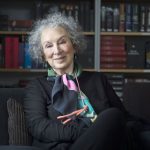





 Recent Comments
Recent Comments

[…] Puedes consultar el post original aquí. […]